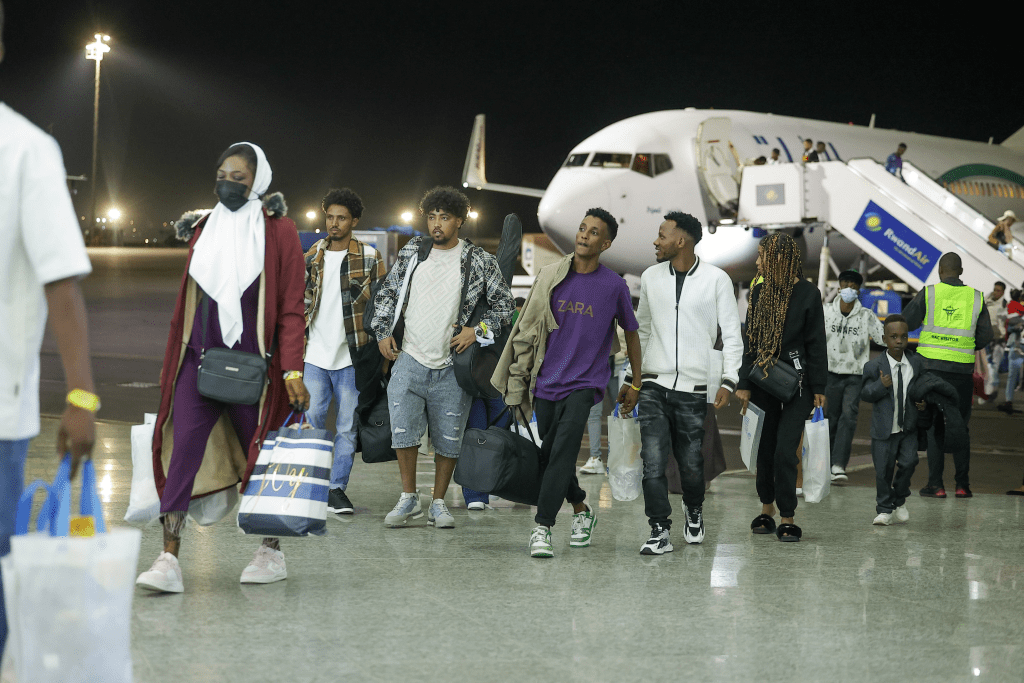Exploring Rwanda’s Transformation and Path to Development

Introduction
Rwanda, often referred to as the ‘Land of a Thousand Hills’, is increasingly recognised as a beacon of hope and resilience in Africa. Following the devastating genocide in 1994, the nation has made remarkable strides in rebuilding its economy, improving governance, and fostering social cohesion. This transformation is critical not only for Rwandans but also for Africa as a whole, as it presents a model for post-conflict recovery and development.
Economic Growth and Development
In recent years, Rwanda has consistently reported strong economic growth, achieving an average GDP growth of around 8% annually for the past decade. This growth has been supported by a series of economic reforms aimed at enhancing the business environment. The government has invested heavily in infrastructure, education, and technology, aligning with its Vision 2050, which aims to make Rwanda a middle-income country.
According to the World Bank, the country’s focus on sectors such as agriculture, tourism, and information technology is paying off. The Rwandan government has prioritised the development of the agricultural sector, which employs a significant portion of the population. Initiatives promoting modern practices and sustainable farming have led to increased food security and export potential.
Tourism and Environmental Sustainability
Tourism is another crucial contributor to Rwanda’s economy. After the rise of Rwanda as a safe and attractive destination, gorilla trekking in the Volcanoes National Park has become a significant draw for international visitors. The government has promoted eco-tourism as a means of conserving its rich biodiversity while empowering local communities.
Social Development and Governance
Rwanda’s progress is not limited to economic aspects. The country has also improved health care, education, and women’s rights. With a unique focus on gender equality, Rwanda has the highest percentage of female representation in parliament worldwide. This focus on inclusion has fostered a stronger sense of national identity and cohesion, essential for the nation’s ongoing recovery.
Conclusion
In conclusion, Rwanda’s journey from devastation to development is a testament to the resilience and determination of its people. As the country continues to grow economically and socially, it serves as a potential model for other nations grappling with the legacies of conflict and poverty. For readers interested in global development, Rwanda’s progress offers valuable lessons in governance, community engagement, and sustainable economic practices that resonate beyond the continent.
